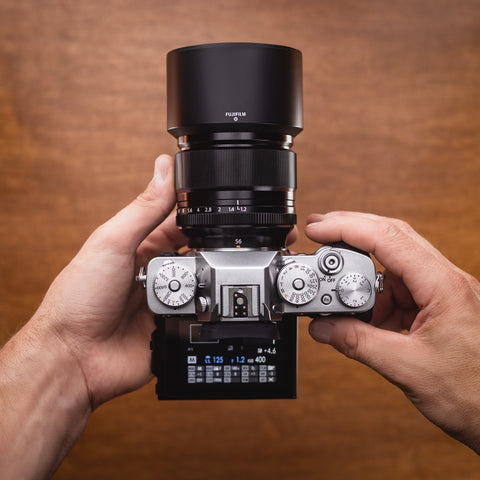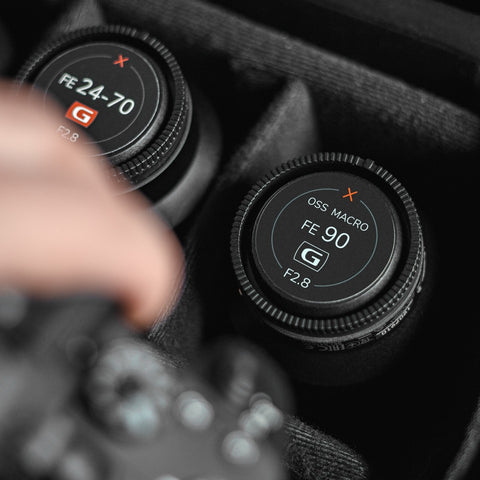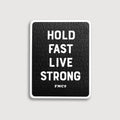In this beginner's guide, we will explain what each of these elements means and how they work together to create a well-exposed photograph.
Aperture Explained
The aperture is the hole in your lens created by the iris that light goes through. You can control how much light goes through by changing the size of the aperture (f-stop). Bigger numbers mean less light, while smaller numbers mean more light.
Shutter Speed Explained
The shutter speed is how long the shutter is open. You can control how long the shutter is open by changing the shutter speed (time). Bigger numbers mean the shutter is open for a shorter time and will be more likely to freeze your moving subject, while smaller numbers mean the shutter is open for a longer time requiring you to steady your camera to avoid a blurry photo.
ISO Explained
ISO is how sensitive your sensor is to light. The higher the ISO number, the more sensitive your camera will be. This means that you can take pictures in low-light situations without using a flash, but it also means that your photos will be more likely to be blurry or have noise in them.
A Fine Balance
To create a well-exposed photograph, you need to balance the three elements of the exposure triangle. This means that you need to find the combination of aperture, shutter speed, and ISO that results in an image with the correct exposure.
For example, let's say you're taking a picture of a person in daylight. You would want to use a small aperture (bigger number), a fast shutter speed (smaller number), and a low ISO (100 or 200). This would give you an image with the correct exposure.
On the other hand, if you were taking a picture of a night scene, you would want to use a large aperture (smaller number), a slow shutter speed (bigger number), and a high ISO (3200 or 6400). This would give you an image with the correct exposure.
If you're a beginner photographer, here are a few tips for using the exposure triangle :
1. Set the first parameter to match your subject.
Start by setting your camera according to the subject you are trying to capture. If, for example, you are shooting sports or something that is moving quickly, set the shutter speed first so that the action will be frozen. Then, change the other settings accordingly until you get the correct exposure. On the other hand, if you want a blurred background in a portrait photo, begin by setting the aperture to its smallest number and then adjusting the others appropriately to create a well-exposed image.
2. Experiment.
Don't be afraid to try different combinations of aperture, shutter speed, and ISO to see what works best for each situation.
3. Use a tripod.
This will help you keep your shots steady, even if you're using a slow shutter speed
4. Take notes.
Keep track of the settings you use in a notebook so you can replicate them later. By writing by hand, you can better comprehend and recall information. It also helps to improve your memory.
By following these tips, you'll be on your way to taking better photographs in no time! understanding the exposure triangle is one of the most important concepts for new photographers to learn. We hope this guide has been helpful in explaining what it is and how to use it effectively. Thanks for reading!





